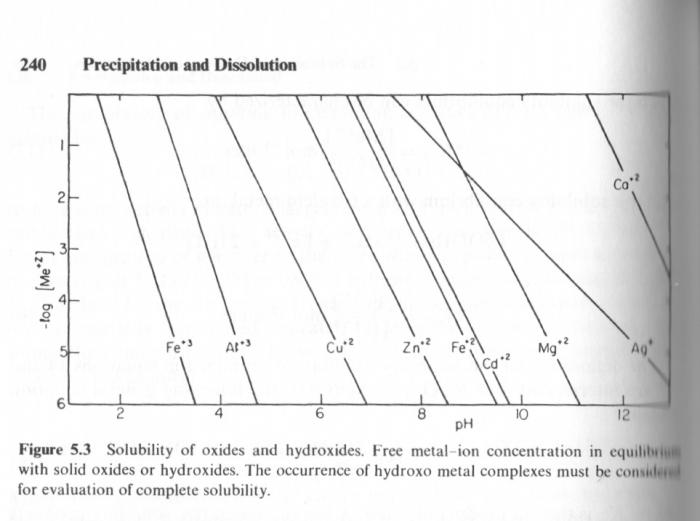Potassium carbonate is going to have over twice the effect on pH as sodium bicarbonate. First of all, it pulls hydrogen ions much more than bicarbonate does.
On a molar basis. That's because it is 1) dibasic (and bicarbonate is monobasic) and the first pKb of bicarb is much lower than the first (and only) pKb for bicarbonate. At any reasonable mash pH each mmol of dibasic carbonate absorbs an extra mmol of proton in converting to monobasic bicarbonate which then behaves just like the bicarbonate from sodium bicarbonate (or potassium bicarbonate). A millmole of bicarbonate will absorb 0.9 mmol of hydrogen ions to pH 5.4 (typical mash pH) and 0.7 to pH 6. A millimole of carbonate respectively 1.9 and 1.7 i.e. 1 extra in each case. But all this is on a molar basis. On an equivalence basis there isn't that much difference at all. See the example at the end.
It doesn't really sit in equilibrium between carbonate and bicarb like bicarb does with carbonic acid. Also, when it becomes bicarb, it partially absorbs more hydrogen ions.
The equilibrium equations are the same for any carbo (carbonic, bicarbonate and carbonate) system i.e. whether the carbo comes from dissolved CO2, dissolved limestone, added bicarbonate or added carbonate (of any metal). The equilibrium is
H2CO3 <---> HCO3- <---> CO3--
with pK1 over the first arrow and pK2 over the second. If I know the equilibrium carbonic acid concentration and the pH I know the equilibrium carbonate concentration (and the equilibrium bicarbonate concentration).
Then there is the fact that potassium isn't acidic, as calcium is. Therefore, it won't negate some of the alkalinity of the carbonate like calcium does.
Neither is acidic. The difference is that CaCO3 is much less soluble than K2CO3 so that if calcium is introduced into a solution containing carbonate a third equilibrium must be considered.
Ca++ + H2CO3 <---> Ca++ + HCO3- <---> Ca++ + CO3-- <--> CaCO3
If there is enough calcium to exceed the solubility product CaCO3 will precipitate upsetting the equilubrium and carbo will flow to the right releasing protons as carbonic converts to bicarbonate and bicarbonate to carbonic. This continues until equilibrium is restored. This is true whether the carbonate came from limestone or potassium carbonate. Add calcium to a solution of potassium carbonate and precipitation will occur with a decrease in pH. It looks as if acid has been added but it hasn't.
Those things being said, to an extent, calcium ions taste good in water.
Well, it's flavor neutral for the most part.
But it should take less to adjust pH with it than with calcium carbonate and way less than sodium bicarb. Honestly, I would think potassium carbonate would always be uses over sodium bicarb.
A milliequivalent of sodium bicarbonate is as effective as a milliequivalent of potassium carbonate and each is associated with a milliequivalent of a metal ion.
For example, suppose I propose to do a beer with a proton surfeit of 100 mEq at pH 5.4 so that I need 100 mEq of base. I can get that from 111 mmol of sodium bicarbonate (9.3g) or 100 mmol of NaOH (4 g), 100 mmol of KOH (5.6 g), 52.6 mmol of Na2CO3 (6.5g) or 52.6 mmol K2CO3 (6.5 g) or 50 mmol of Ca(OH)2 (3.7g). If I choose a hydroxide base I wind up with 100 mEq of cation. If I choose a bicarbonate base I get 111. If I choose a carbonate base I get 105.2. That's an 11% difference between hydroxide and bicarbonate and 6% difference between bicarbonate and carbonate which isn't enough to get excited about IMO. Also note that of the carbo added, from whichever source is chosen, 90% leaves the solution (at pH 5.4) as CO2 and if a hydroxide base is chosen all the hydroxyl ions turn into water. In the last analysis all that's left is the 100 - 111 mEq of the metal ion.
The problem with carbonate is that the alkali earth salts are hard to dissolve and it reacts slowly so that one doesn't get the total expected effect until well into or even after the completion of the mash.


























![Craft A Brew - Safale S-04 Dry Yeast - Fermentis - English Ale Dry Yeast - For English and American Ales and Hard Apple Ciders - Ingredients for Home Brewing - Beer Making Supplies - [1 Pack]](https://m.media-amazon.com/images/I/41fVGNh6JfL._SL500_.jpg)






























